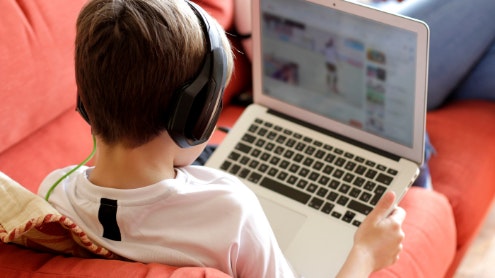Homepage
•
Learning Library
•
Blog
•
5 Tips for Making Digital Learning Accessible to All Students
Expand breadcrumbs
Expand breadcrumbs
- Learning Library
- Blog
- 5 Tips for Making Digital Learning Accessible to All Students
- Homepage
- •
- Learning Library
- •
- Blog
- •
- 5 Tips for Making Digital Learning Accessible to All Students
5 Tips for Making Digital Learning Accessible to All Students
By Nicole Krueger
July 27, 2022








